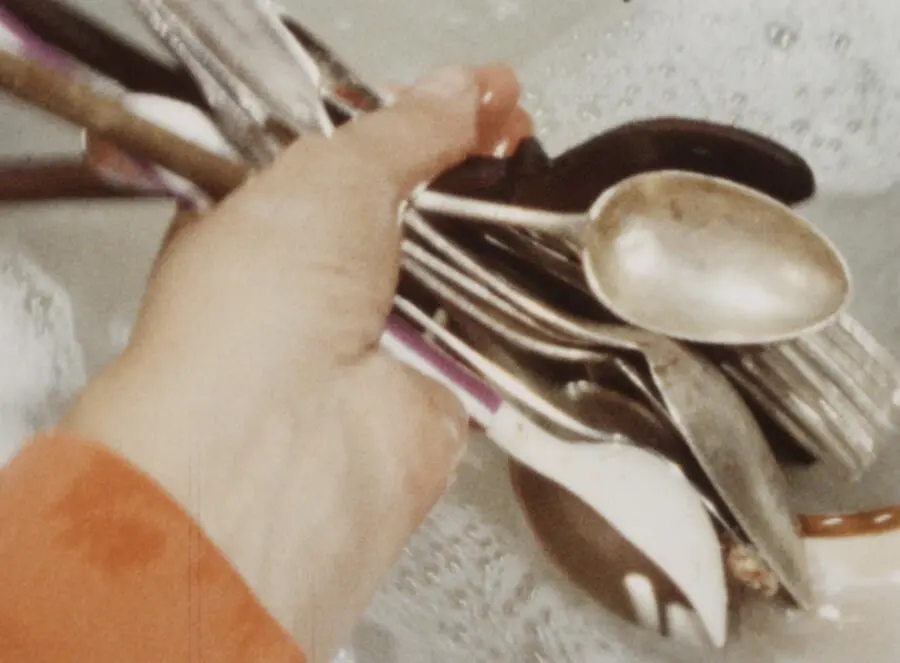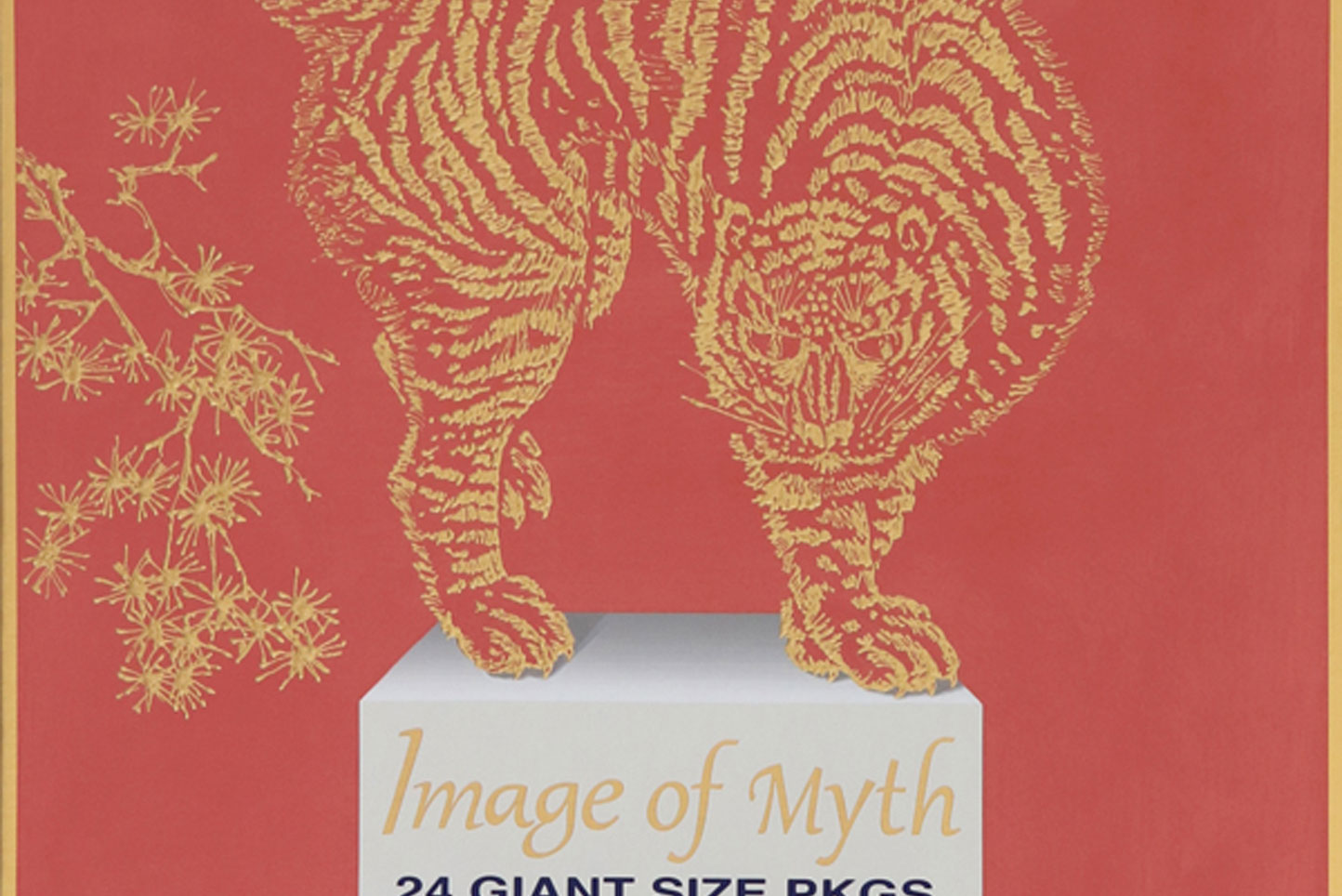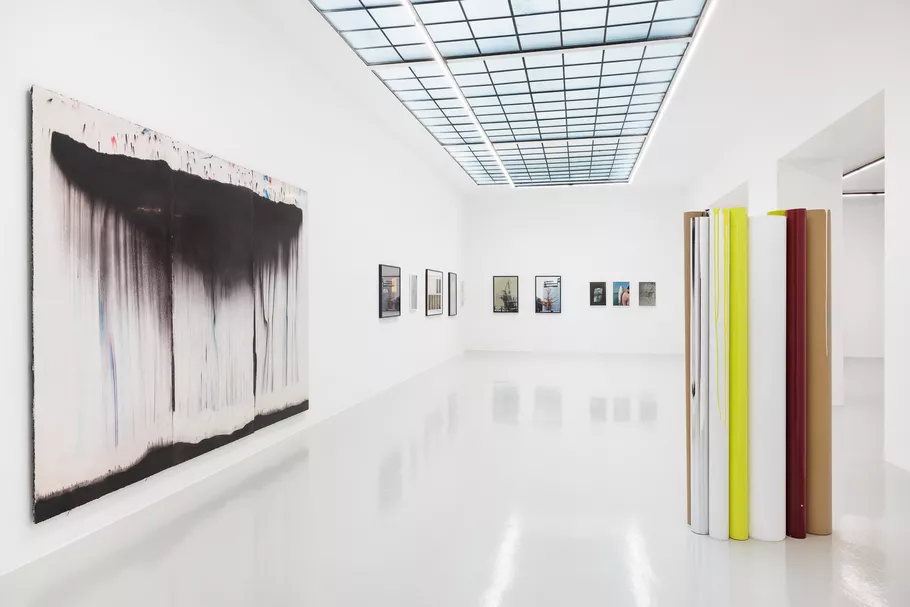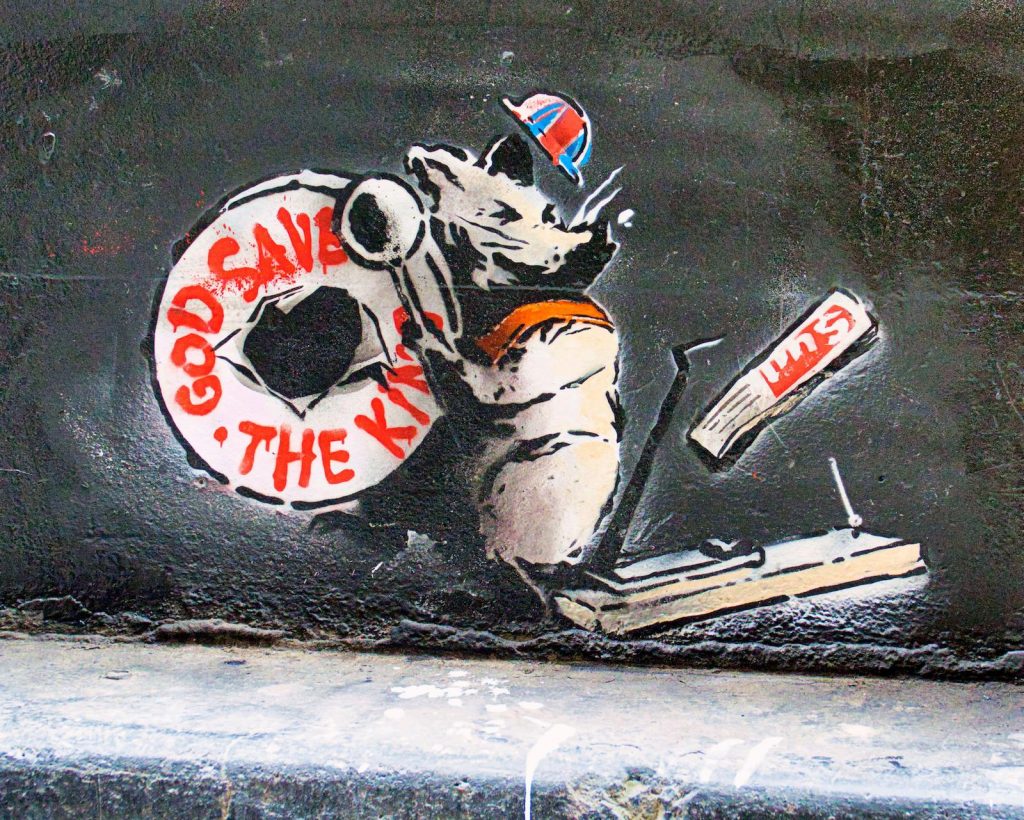Margaret Raspé’s Evolution into a Human-Machine
Margaret Raspé's Evolution into a Human-Machine
- Artistic Transformation: Margaret Raspé’s exhibition showcases her 60-year exploration of art’s transformative power through various mediums and performances.
- Mechanization Reflection: Raspé’s art delves into the mechanization of human and non-human bodies, reflecting on societal norms and avant-garde movements.
- Sensorial Exploration: Using film, sound, installation, and more, Raspé’s work emphasizes immediacy, automation, and the profound impact of seemingly ordinary actions.
n an intriguing convergence of art and mechanics, four kettles emit sharp whistles, releasing steam that interacts with canvases propped against the walls, causing water-soluble pigments to form droplets of red paint. The recreated rendition of Margaret Raspé's 1984 performance and installation, "Kondensation" (Condensation), engulfs the gallery space with an intense auditory experience. This auditory landscape, reminiscent of the feverish atmosphere of modernity that envelopes Giuliana (Monica Vitti) in Michelangelo Antonioni's film "Red Desert" (1964), becomes an inescapable element within the confines of Badischer Kunstverein. The high-pitched resonance fills the space before materializing as circular red stains on the pristine white canvas surfaces.
Presenting a blend of film, sound and media installation, performance, poetry, and painting, the exhibition, which debuted earlier this year at Berlin’s Haus am Waldsee, offers a glimpse into the sensorial and ritualistic artistry of Margaret Raspé. For six decades, she has delved into the transformative potential of seemingly ordinary actions.
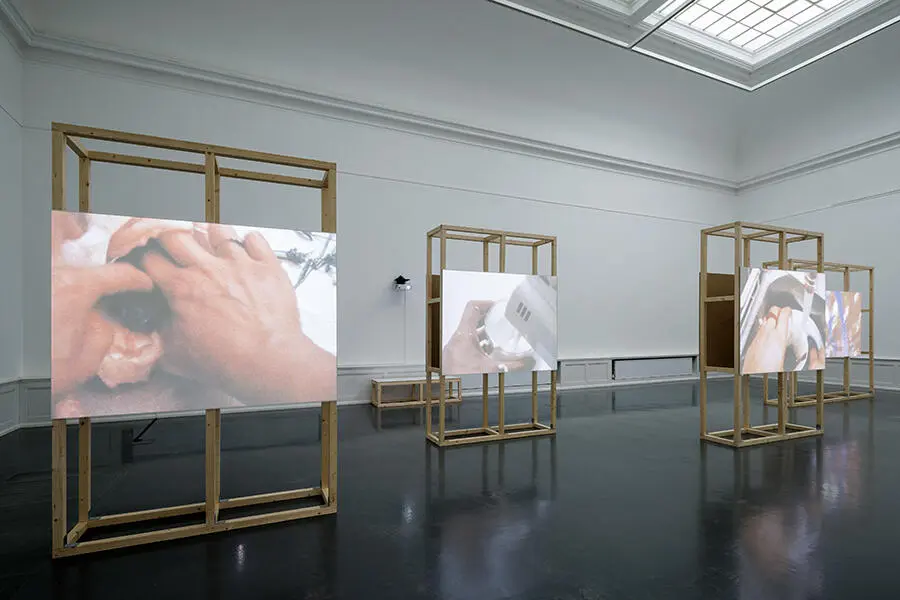
Raspé’s artistic journey, which began in the 1970s, has revolved around a critical exploration of the mechanization of both human and non-human entities. As a single mother engulfed in household responsibilities, she sought innovative paths of creative expression. The kitchen of her Berlin home became a hub for artists and thinkers, particularly those affiliated with avant-garde movements like actionism and fluxus. These movements rebelled against societal norms, aiming to bridge the gap between art and life. Raspé, now in her 90s, translated these ideas into a practice that values immediacy and automation over the polished finish of preconceived creations.
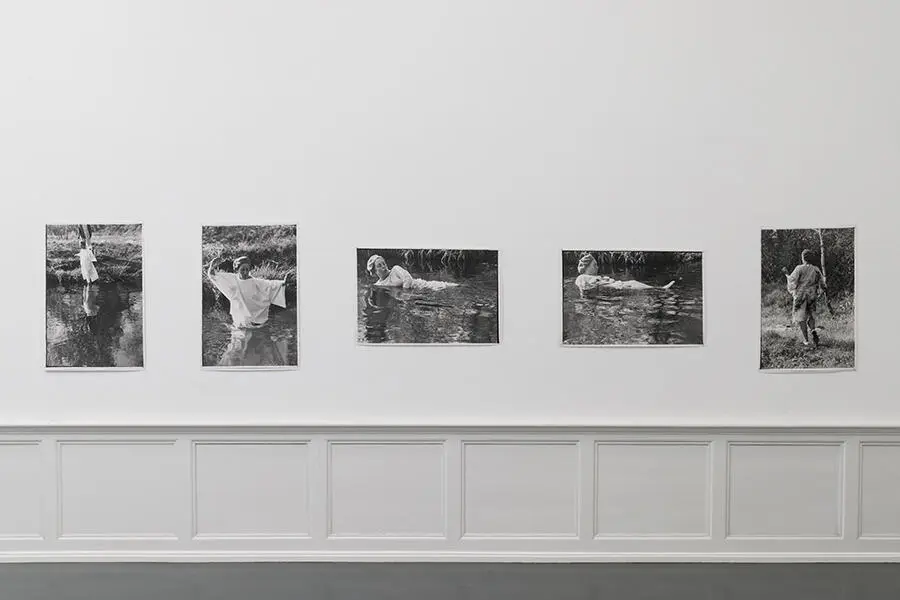
In 1971, Raspé ingeniously mounted her 8mm camera on a helmet, enabling her to assume the perspective of a human-machine. Films like “Oh Tod, wie nahrhaft bist du” (Oh Death, How Nourishing You Are, 1972–73), depicting the artist slaughtering a chicken with blood dripping onto a white cloth, showcase only Raspé’s point of view – looking down at her own hands. The result creates a somewhat claustrophobic viewing experience, further emphasized in the exhibition where these works are projected onto wooden frames, side by side. Whether it’s washing dishes in “Alle Tage wieder – let them swing” (Every Day Again – Let Them Swing, 1974) or churning cream into solidity in “Der Sadist schlägt das eindeutig Unschuldige” (The Sadist Whips the Obviously Innocent, 1971), these films stand out for their visceral, turbulent tactile nature. By donning the camera-helmet, Raspé’s seemingly mundane actions accentuate destruction as a precursor to creation – whether it’s preparing poultry for supper or applying automated brushstrokes to a white canvas in “Gelb, Rot und Blau entgegen” (Against Yellow, Red and Blue, 1983).
In 1990, wearing an oversized white t-shirt, Raspé waded into Poland’s contaminated Bzura River. This evocative performance piece, titled “Wasser ist nicht mehr Wasser” (Water Isn’t Water Anymore), is documented through photographs on display. Submerging herself up to her neck in the polluted water, the artist attempted overtone vocalization, where distinct pitches are produced simultaneously, believed to have a healing effect. Pushing the limits of the body – whether through physicality, technology, or mechanization – has long been at the core of Raspé’s artistic exploration. The transformed objects resulting from her actions – a canvas sprayed with red, a cloth stained with blood, a t-shirt turned black – stand as traces of the spiritual and psychological metamorphoses stemming from Raspé’s process-oriented approach. Finally, her work is gaining the recognition it deserves.


